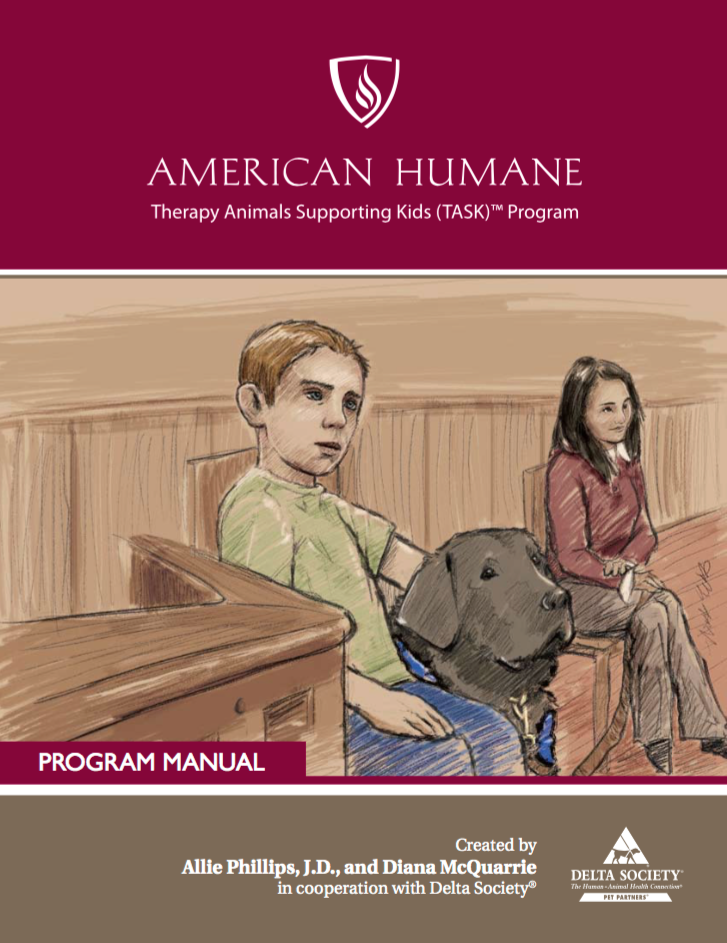The bond between children and animals is undeniable Animals are naturally part of a child’s world Even if families do not have a cat, dog or other companion animal, children are surrounded by animals from an early age They have puppies, kittens, giraffes, monkeys and teddy bears on their clothing and oating above their cribs from mobiles; their books feature the Blue’s Clues dog, Clifford the Big Red Dog, the Berenstain Bears, and Dora the Explorer and her animal friends; and their TV shows and movies feature Big Bird, Simba and Nala, Nemo, Winnie the Pooh and many other animated animal characters
We often hear of the human-animal bond; however, the child-animal bond is something pure when witnessed As part of healthy growth and development, a child’s bond with animals teaches empathy and compassion Additionally, an animal can bring a withdrawn child out of his or her shell, and when a child has been abused or traumatized, the non- judgmental comfort an animal provides can help the child heal Understanding this bond is essential to believing that animal-assisted therapy (AAT) can help children
This manual is written to encourage professionals within the criminal justice and child welfare systems to incorporate therapy animals into their programs Children’s advocacy centers (CACs), child protection agencies, hospitals, prosecutors’ of ces and courthouses are well-suited to welcome therapy animals This manual is also written to set forth the proper handling of therapy animals around children who have been abused It explains how to keep both the child and animal safe, as well as how to avoid any unpleasant situations that may negatively affect a civil or criminal case involving child abuse
Above all, this manual emphasizes that incorporating an animal in therapy, particularly in the case of child abuse, is a specialized eld that requires extensive training Without proper knowledge and experience in child development and clinical application, animal handling and animal therapy training, AAT can create issues of liability and compromise both the children and animals involved.

